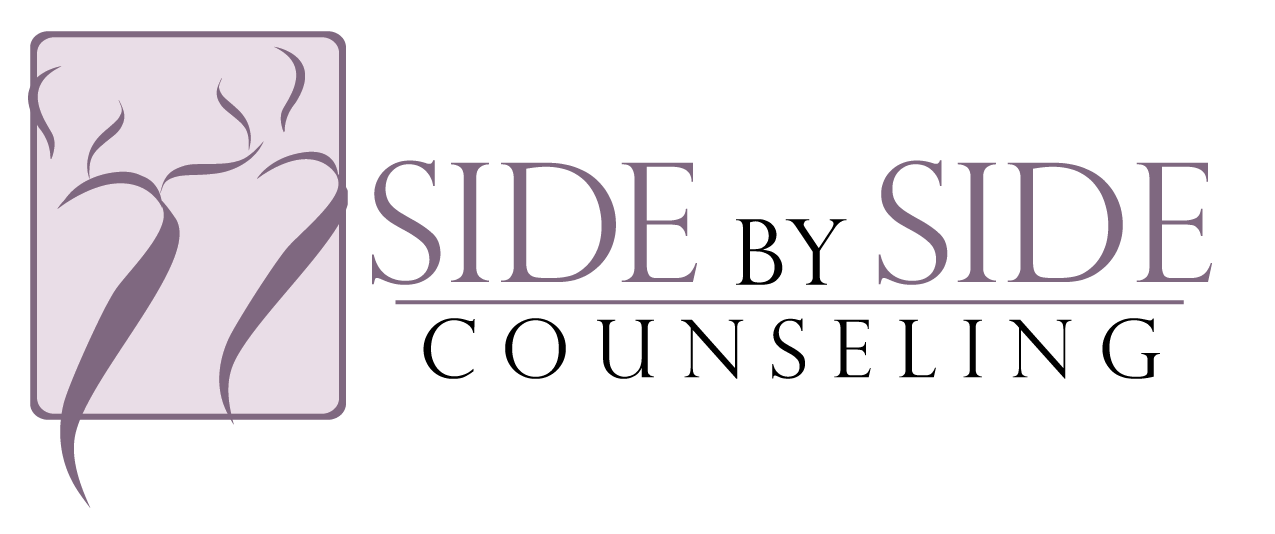I was all set to write about the “joys” of panic and anxiety but found a great article that summarizes the differences so why reinvent the wheel? The article includes the diagnostic criteria so you can label what is taking place in the body and accurately identify what is happening to distinguish the experience from a medical emergency. It also provides you with concise language to share with providers should medication be part of the treatment plan.
Of course, no link can be provided without a little commentary, specifically about panic attacks. As the article mentions, a panic attack usually last around ten minutes. I have found that this is true only in the times when someone allows the sensations to run their course and thoughts remain minimal. Most of the time, however, people suffer much longer due to the internal chatter that keep the elevated state intact.

When working with a client, this is one of the places I focus first: to ensure this is “only” a chemical misfire rather than additional mental suffering. I start by identifying the core fear which usually speaks to the confusion that comes with these experiences. A mantra is then the antidote, keeping the meaning machine (brain) focused so the body can get back to homeostasis. Here are common examples:
- I’m dying, I’m going crazy Antidote: This is panic.
- I’m trapped, it’s not going to end Antidote: This will pass.
- I can’t make it stop Antidote: Just breathe.
I personally have delt with panic disorder for years and have become so familiar with the experience that I know exactly what is happening. I have affectionately named my panic “Henry.” When the adrenaline surge happens, I name it as soon as possible, “Oh ‘hi’ Henry. I wasn’t aware that we were getting together today.” Then I find a comfortable spot, close my eyes, focus on slowing my breath down, and with a few other tools sprinkled in, stay the course until the rush passes.
While I do not wish panic attacks on anyone, I can personally attest that they do not have to dominate your life. Understanding, tools, and resources go a long way. Don’t hesitate to find support to help you figure out the strategy that is best suited for you.
